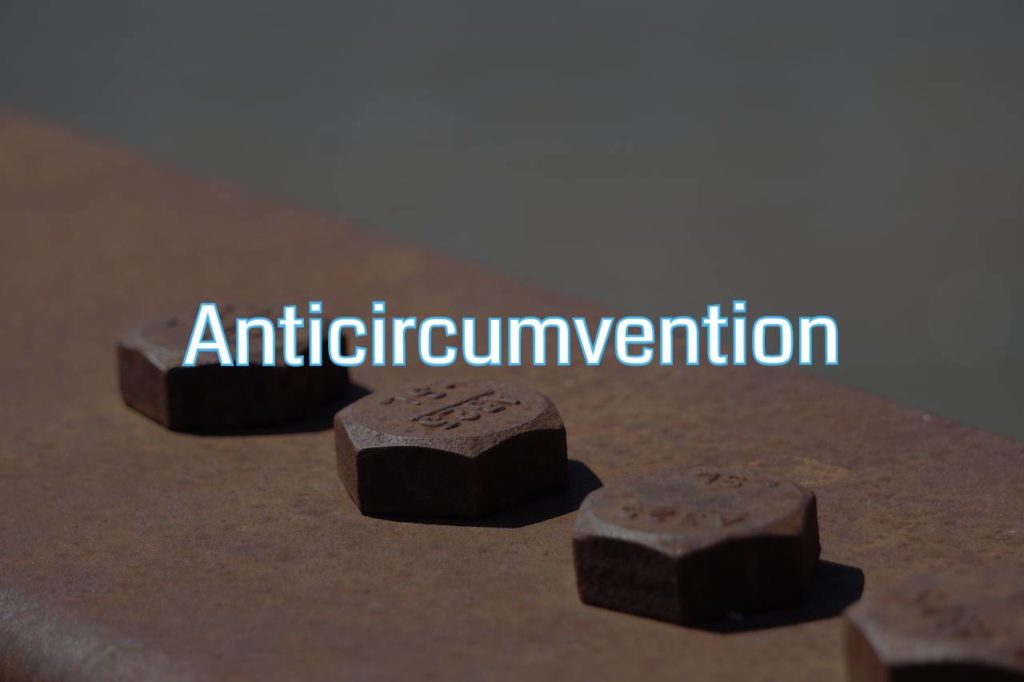
In today’s brand-conscious marketplace, legal agreements between businesses often contain clauses allowing for publicity of the agreement itself and use of each other’s trademarks. This practice of mutual brand promotion can lend credibility to the involved parties and also serve as a powerful marketing strategy.
Understanding Publicity and Trademark Use Provisions
Publicity provisions in a legal agreement permit the parties involved to disclose specific details about their agreement to third parties. This could involve a simple announcement about the partnership or a more detailed disclosure about the agreement’s purpose and scope.
Trademark use provisions allow parties to use each other’s trademarks, logos, or brand names. This could be in marketing materials, on products, or in other forms of communication such as websites and social media content.
Why Include Publicity and Trademark Use Provisions?
While the specifics can vary, there are several general reasons why parties might wish to include these provisions:
- Brand Awareness: Such provisions can help increase brand visibility and recognition, particularly when partnering with a well-known or highly respected company.
- Credibility and Trust: The ability to publicize a partnership or to use a trusted brand’s trademark can lend credibility and foster trust among customers and stakeholders.
- Market Penetration: For companies looking to break into new markets, a strategic partnership with a well-known brand can offer a significant advantage.
Key Considerations
Before including these provisions in an agreement, the parties should consider several key points:
- Scope of Use: The agreement should clearly define what aspects of the agreement can be publicized and how each party’s trademarks can be used.
- Quality Control: Trademark owners will want to ensure that their trademarks are used in a manner consistent with their own quality standards and brand identity.
- Duration and Termination: It should be clear when the rights to publicity and trademark use begin and end, and what happens upon termination of the agreement.
- Approval Process: Typically, any use of the other party’s trademark or any public disclosure of the agreement would require prior approval.
- Indemnification: The agreement should include indemnification provisions to protect against any legal repercussions from the use of trademarks or publicity statements.
Publicity and trademark use provisions can be powerful tools in a legal agreement, offering enhanced brand visibility, credibility, and market penetration. However, they must be handled with care, considering the scope, quality control, duration, approval, and indemnification issues that may arise.









